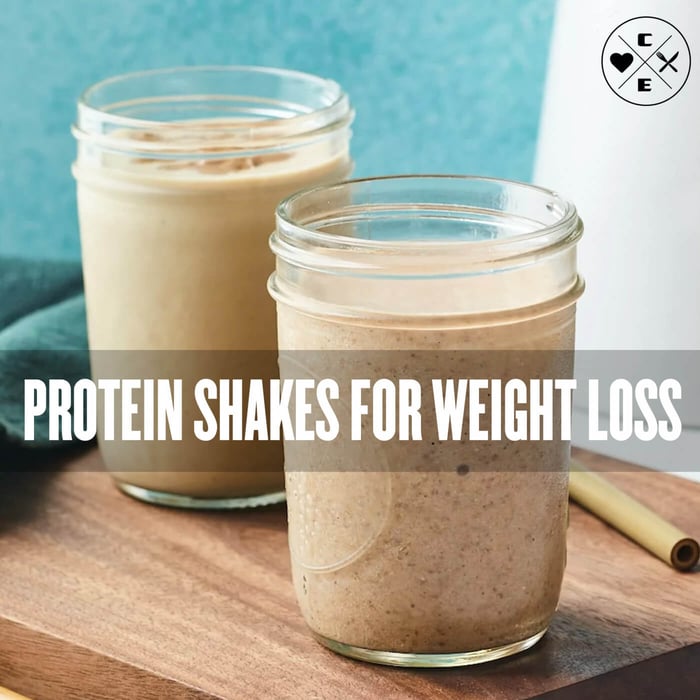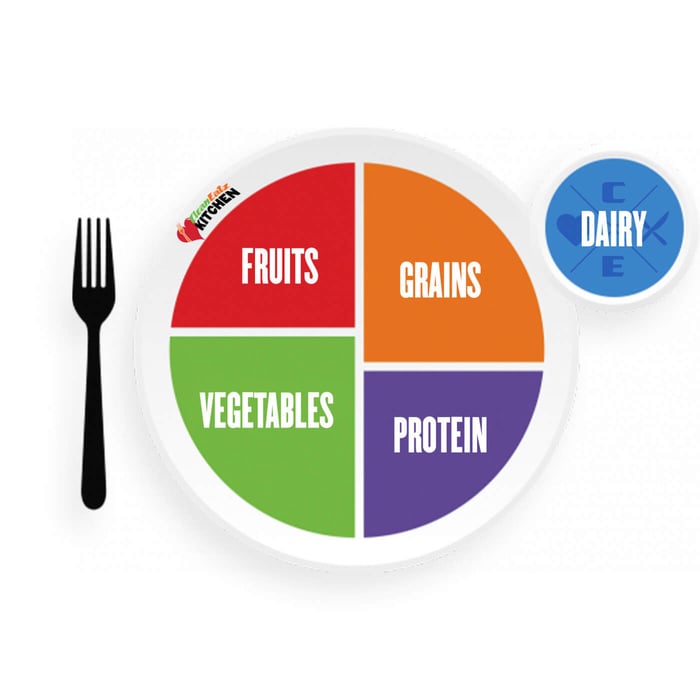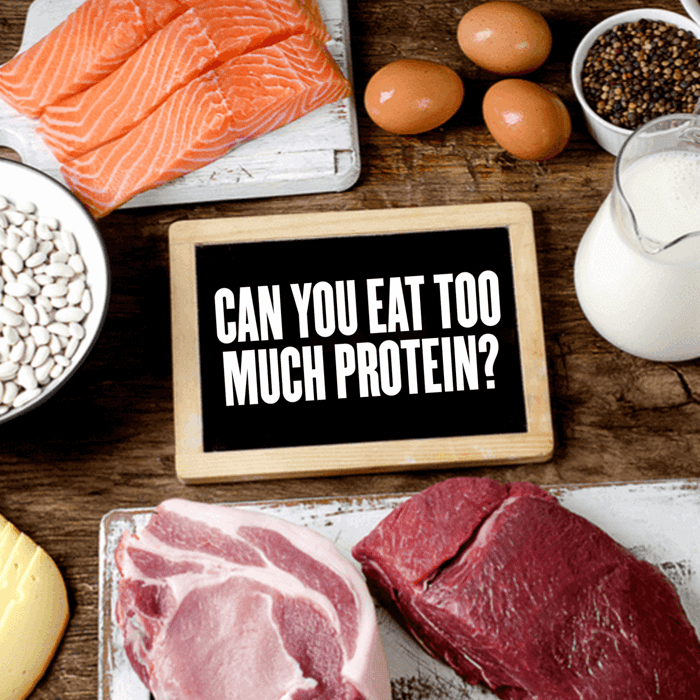What shakes can (and can’t) do
- Can help you lose weight: Structured programs that include meal-replacement shakes often produce more weight loss than food-only programs (portion control, convenience).
- Protect muscle: Higher protein intakes during dieting help maintain lean mass—which supports metabolism and strength.
- Not a free pass: Liquids can be less filling than solids unless you increase thickness and fiber. Use shakes to hit targets, then build the rest of your meals from whole foods.
Build your plan: set a target with our calorie-goal guide, then use high-protein basics and our list of filling foods. Prefer not to weigh everything? Compare portion control vs. calorie counting.
How to use shakes for weight loss
Option A — Meal replacement (1/day)
- Target: ~300–450 kcal, ≥30 g protein, ≥8–10 g fiber (or add fiber/fruit/veg), modest fat.
- When: Busy breakfasts or on-the-go lunches. Pair with produce (fruit/veg) to boost fullness.
Option B — High-protein snack
- Target: 120–250 kcal, 20–30 g protein, ≥3–5 g fiber (or add it).
- When: Afternoon “bridge” to dinner or post-workout protein top-up. See post-workout carb guide.
Label checklist (quick scan)
- Protein: 20–40 g per serving (most people hit a good per-meal dose here).
- Added sugar: keep low (ideally ≤5–10 g per serving).
- Fiber/viscosity: ≥3–5 g fiber or plan to add fruit/chia/oats to boost fullness.
- Third-party tested: look for NSF Certified for Sport, Informed Choice/Informed Sport, or USP Verified marks.
Best protein types & dosage
- Whey isolate: fast-digesting, low lactose, rich in leucine (great post-workout).
- Casein: slower-digesting; helpful for longer satiety (evening).
- Plant blends: pea/soy/rice combos can match amino quality; aim for enough total protein to reach a solid dose.
How much at a time? Most adults do well with ~25–40 g protein per meal/snack, spaced across the day. That’s roughly the dose that maximally stimulates muscle protein synthesis in many settings.
Simple add-ins & recipes
- High-satiety smoothie: 1 scoop whey/plant protein + 1 cup Greek yogurt + frozen berries + spinach + 1 Tbsp chia + water/ice.
- Light snack shake: 1 scoop protein + 1 cup unsweet almond/soy milk + ½ banana + 1 Tbsp ground flax.
- Coffee shake: 1 scoop protein + chilled coffee + ½ frozen banana + ½ cup milk + ice. Curious about caffeine and fat loss? See coffee & weight loss.
Want done-for-you portions? Explore our calorie-controlled meal plans and check macros on Nutrition Info.
Safety & quality (sweeteners, lactose, kidneys)
- Sweeteners: If you use no- or low-calorie sweetened shakes, remember WHO doesn’t recommend non-sugar sweeteners for long-term weight control; unsweetened or lightly sweetened options are fine if they help you reduce added sugar overall.
- Lactose: Whey isolate is very low in lactose; choose isolate or plant-based powders if sensitive.
- Kidneys: In healthy adults, higher protein intakes used in weight-loss studies haven’t shown harm to kidney function; if you have kidney disease or risk factors, individualize with your clinician.
- Quality assurance: Prefer products with NSF Certified for Sport, Informed Choice/Informed Sport, or USP Verified.
Keep added sugar modest and prioritize whole foods across the day.
FAQs
How many shakes per day?
Usually 1 as a meal or 1–2 as snacks is plenty. Let shakes fill protein gaps rather than replace most meals.
What’s the best time for a shake?
Whenever it helps adherence—morning for breakfast, post-workout, or as a late-afternoon hunger “bridge.” Consistency beats timing.
Do I need to track calories?
Not required, but a shake makes portioning easy. If you prefer a non-tracking method, use our portion guide and stick to the targets above.
Are plant proteins as good as whey?
Yes, when you get enough total protein. Blends (e.g., pea + rice/soy) can match amino quality. Focus on the dose per serving.
References
- Meal-replacements vs. food-only programs—systematic reviews/meta-analyses and RCTs. Obesity Reviews 2019; Clin Nutr ESPEN 2021; Nutrients 2024 RCT.
- Higher protein preserves lean mass during weight loss—meta-analyses. Obes Res Clin Pract 2024.
- Per-meal protein (≈20–40 g) & distribution across the day—position stands. ISSN 2017; ISSN nutrient timing.
- Liquids vs. solids & viscosity—satiety differences. Sci Rep 2020.
- Added sugar limits. American Heart Association.
- Non-sugar sweeteners: weight control guidance. WHO 2023 guideline.
- Kidney safety in healthy adults at higher protein intakes. Systematic review & meta-analysis 2018.
- Lactose & whey isolate basics. WebMD explainer.
- Third-party testing programs. NSF Certified for Sport; Informed Choice; USP Verified.
Educational content only; not medical advice.




